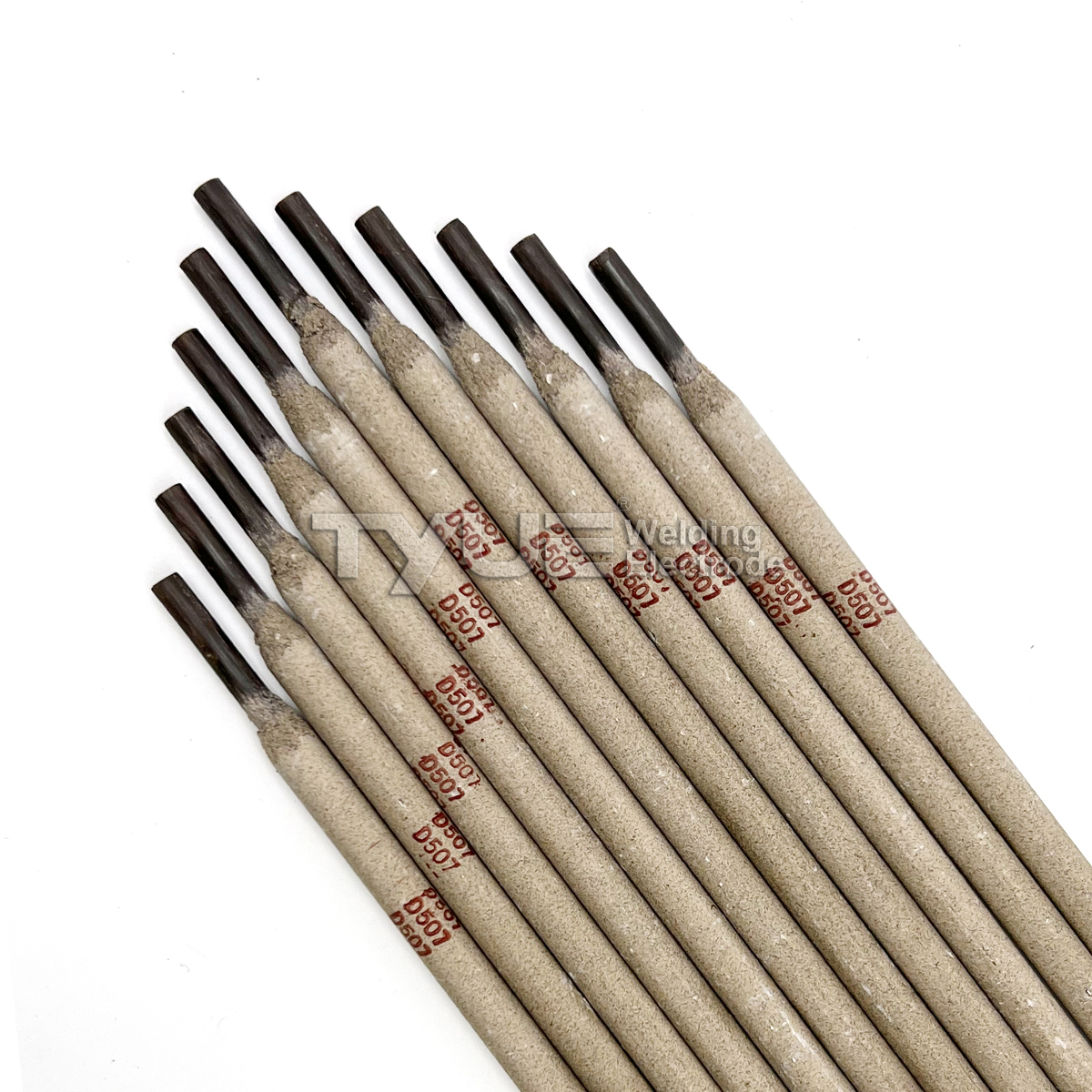When using electrodes for arc welding, the required welding machine is relatively simple, and you can choose an AC or DC welding machine. In addition, there is no need for excessive auxiliary equipment when welding, as long as there are simple auxiliary tools. These welding machines are simple in structure, relatively cheap in price, and easy to maintain. Due to the low investment in purchasing equipment, electrode arc welding has been widely used in industrial production.
Electrode arc welding technology not only has the function of filling metal into the weldment, but also does not need to introduce additional shielding gas during use. During arc heating, the current between the electrode and the weldment creates a molten pool, while the electrode itself produces combustion products that interact to form a shielding gas that protects the molten pool and weld. In addition, the structure of the welding rod is designed to be very wind-resistant and strong in wind resistance, enabling high-quality welding in a windy environment.
Electrode arc welding has the advantages of simple operation and wide application range. It is suitable for welding a small number of products or small batches, especially those welds that are difficult to weld with machines such as odd shapes and short lengths. When using stick arc welding technology, the welding position is not limited, and it can be operated flexibly even in narrow spaces or in complicated positions. In addition, the equipment required for the electrode arc welding technology is simple, no auxiliary gas is used, and the skill level of the operator is not too high.
The applicability of electrode arc welding technology is very wide, and it is suitable for welding almost all standard metals and alloys. By choosing the correct electrode, welding can be achieved for different materials, including low alloy steel, carbon steel, high alloy steel and various non-ferrous metals. In addition, electrodes can be used for welding different kinds of workpieces, such as dissimilar metals, as well as for various welding operations such as repair welding of cast iron and surfacing welding of various metal materials. The electrode itself can also provide a certain amount of shielding gas to avoid problems such as oxidation of the weld. At the same time, the filler metal can also enhance the strength and durability of the weld. In harsh environments such as strong winds, the electrode arc welding technology can also maintain good results, ensuring the quality and efficiency of welding operations.
The welding process is determined according to the properties of the metal material, and different metal materials require corresponding welding techniques. Generally speaking, carbon steel, low alloy steel, stainless steel, heat-resistant steel, copper and their alloys can be welded by conventional welding methods. However, for some metal materials, such as cast iron, high-strength steel and hardened steel, preheating or post-heat treatment may be required, or hybrid welding techniques may be used. However, low melting point metals (such as zinc, lead, tin and their alloys) and refractory metals (such as titanium, niobium, zirconium, etc.) cannot be welded using conventional welding processes. Therefore, before welding, it is necessary to carefully analyze and evaluate the material, and select the appropriate welding technology and process according to the actual situation.
Such products usually have complex structures and various shapes, requiring manual operations and delicate welding processes to ensure the quality and reliability of welding. Since the welding process requires professional skills and experience, mechanized and automated production methods are not suitable for this type of product. At the same time, this type of product usually has a high unit price or a small production batch, and needs to be produced in a targeted manner. Therefore, for this type of product, the most suitable production method is manual welding and small batch production to ensure the quality and efficiency of production. At the same time, professional technology and experience are also required in installation and maintenance to ensure the normal use and safety of the product.
Post time: May-25-2023

